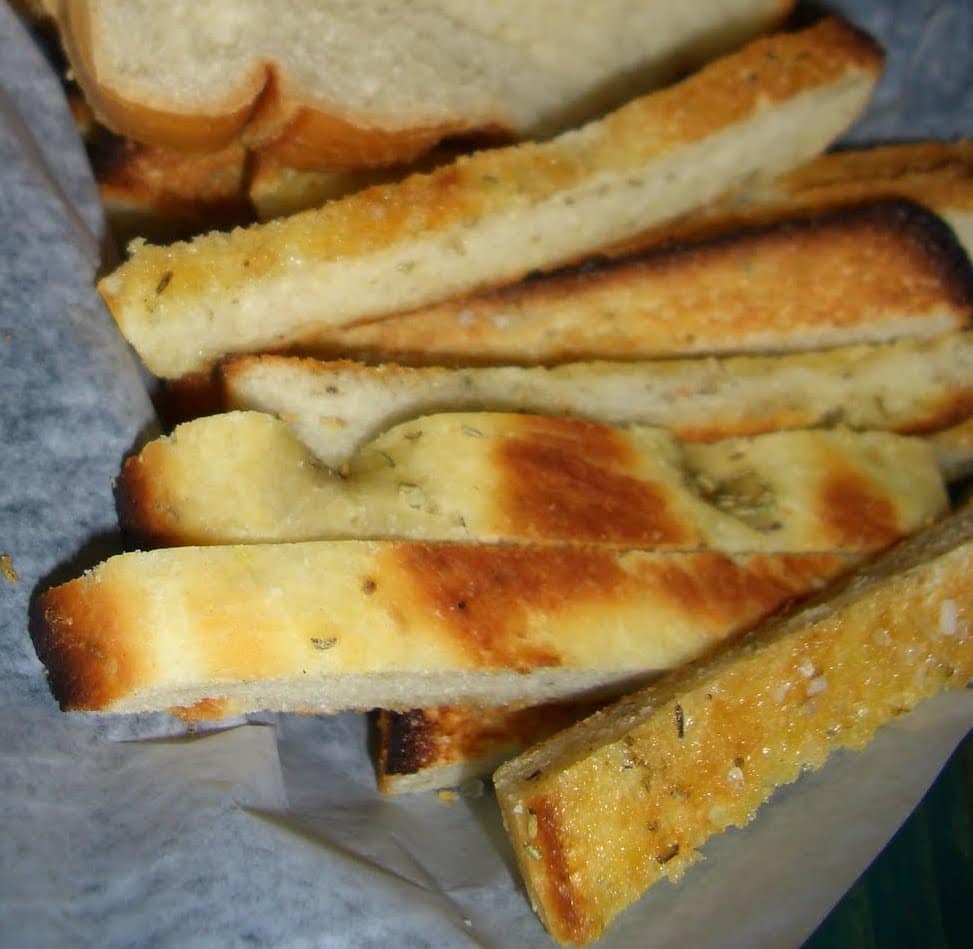
All About the Italian Bread & Its Regional Variations
Focaccia – Italy’s famous flat unleavened bread. Some say it’s the early version of pizza; others argue it should not be compared as it existed over 2,000 years before pizza. Read about the focaccia history, its origins, and some regional variations.
Focaccia History
Origins
Focaccia’s history roots back to one of two origins. Either with the Etruscans in North Central Italy before the Roman Empire, or in Ancient Greece in the first millennium BC. (Note that unleavened flatbread was already popular in the Middle East.) The name comes from the Roman name “panis focacius” which translates to hearth bread or fireplace bread.
The focaccia was originally cooked on a heated tile or earthenware. Like today, the dough was punctured with a knife to prevent large bubbling on the surface, and olive oil was poured on top as a way to preserve the bread’s moisture. The bread was consumed for dipping into soups or olive oil, much like it is enjoyed today. In fact, the recipe has not changed too much over the years.
Over time, Romans spread the recipe to France (which is the origins of today’s fugasse) and to Spain (which is the origins of today’s pan de hogaza). Catholics were also known to enjoy flatbread during religious festivals around Europe. Then, in the 20th century, Italian immigrants brought their recipes to the Americas.
Regional Variations
There are multiple variations of focaccia throughout Italy and, today, throughout the world. At the same time, there are three major types in Italy that are more famous than others.
Genoa focaccia is about 2 cm high and topped with olive oil, salt, herbs, and maybe sliced onions or olives.
Recco focaccia is very thin unleavened bread and filled with fresh cheese and baked in the oven.
Apulia focaccia is sprinkled with extra olive oil and topped with cherry tomatoes.
Sign up for my newsletter on the sidebar for blog updates and my travel insider tips! And, check out my vlogs on YouTube!


